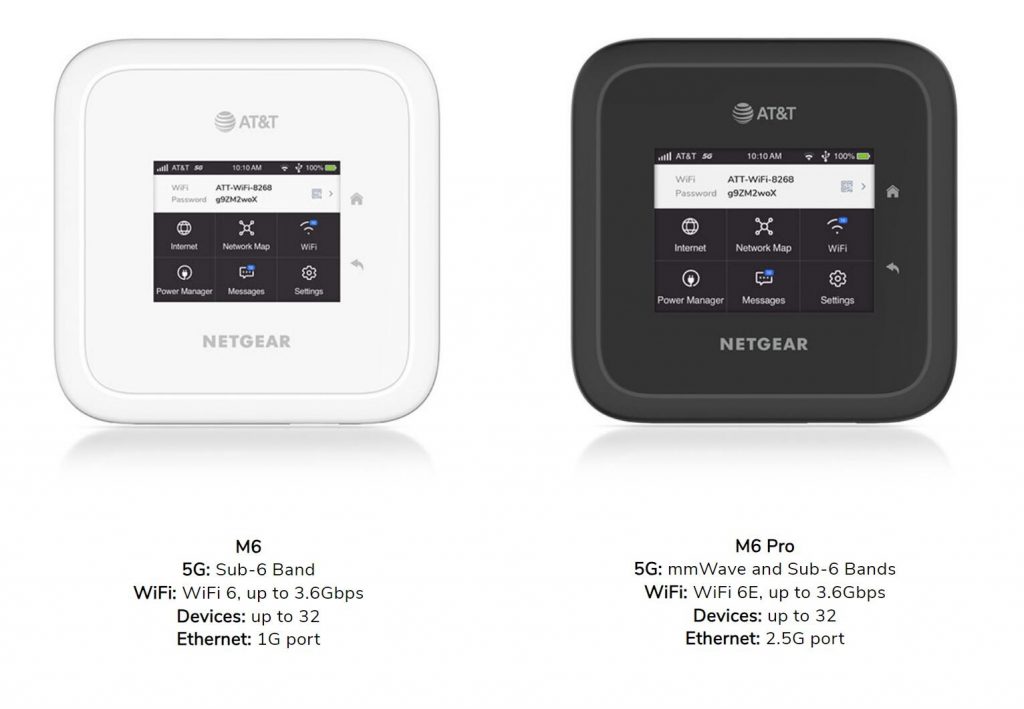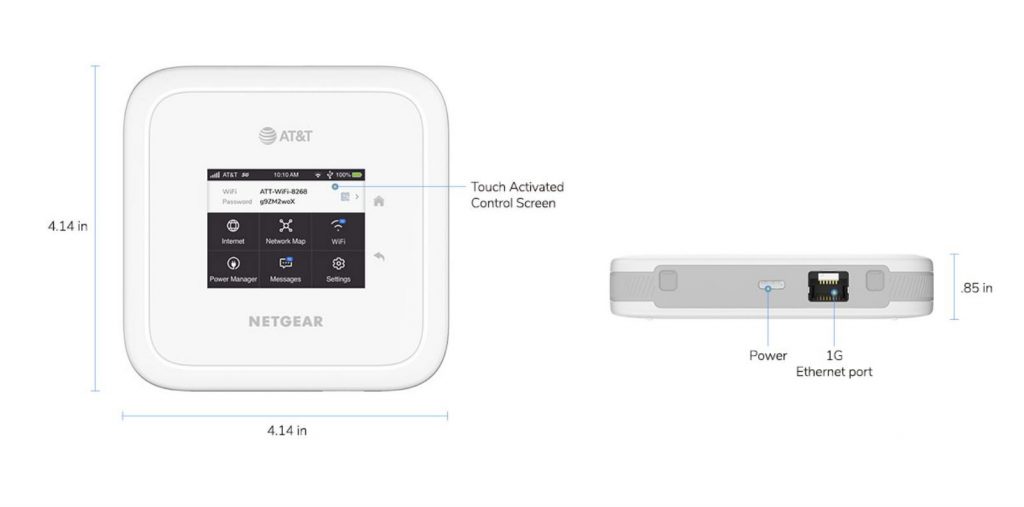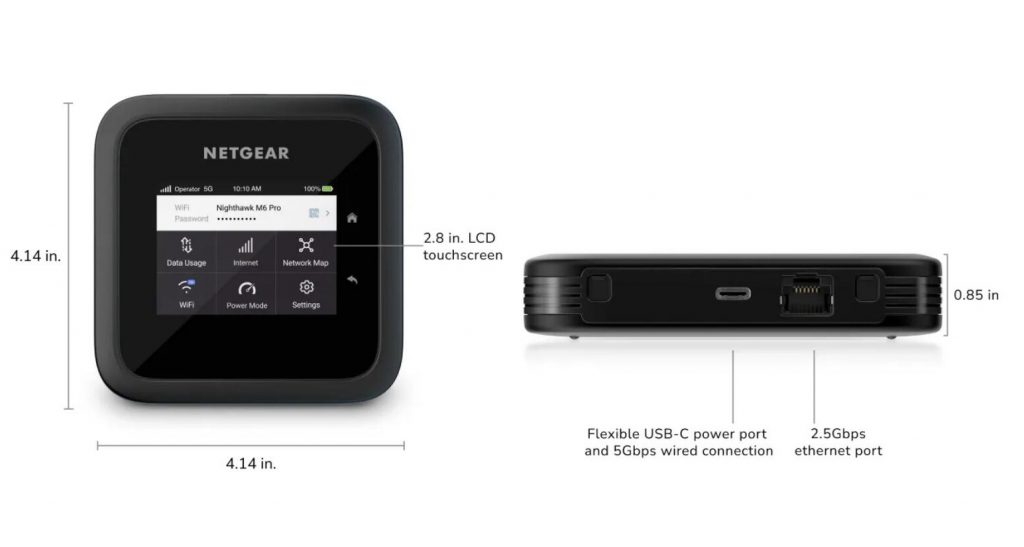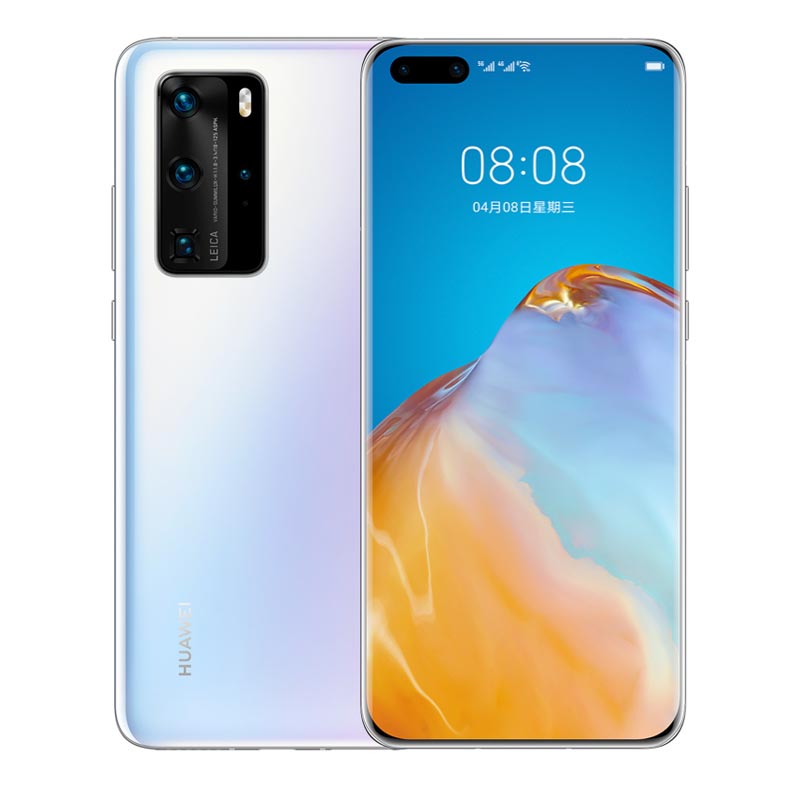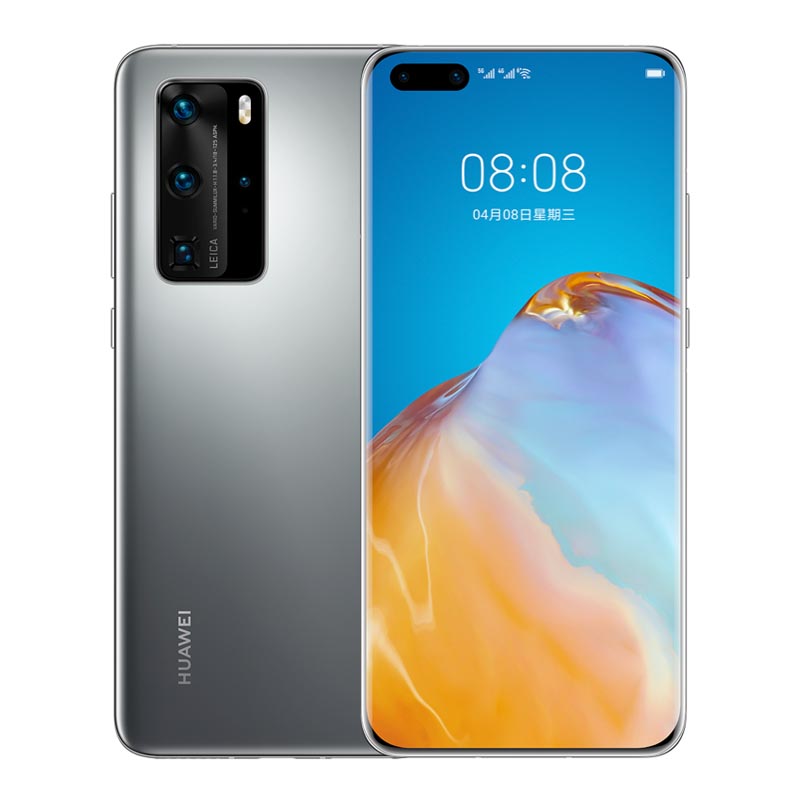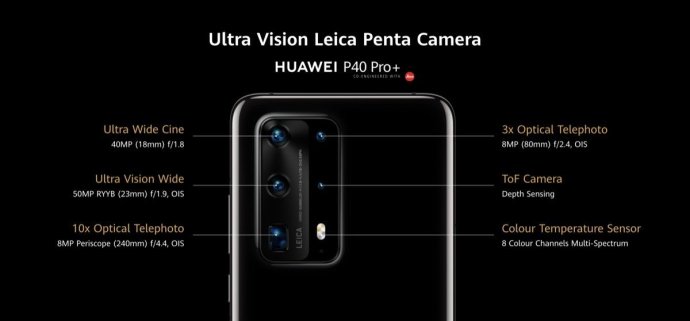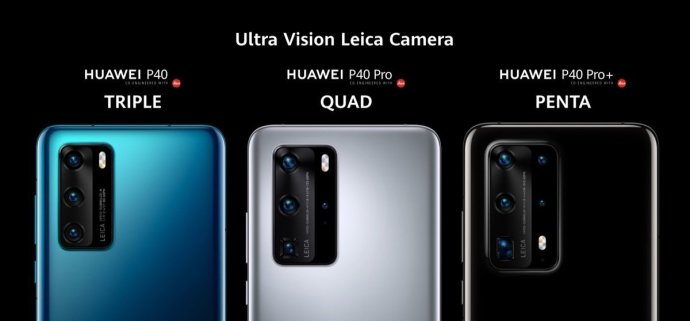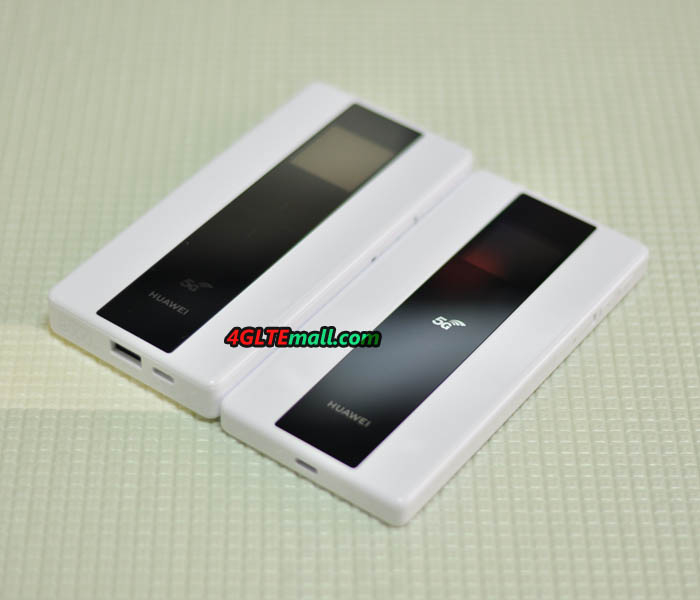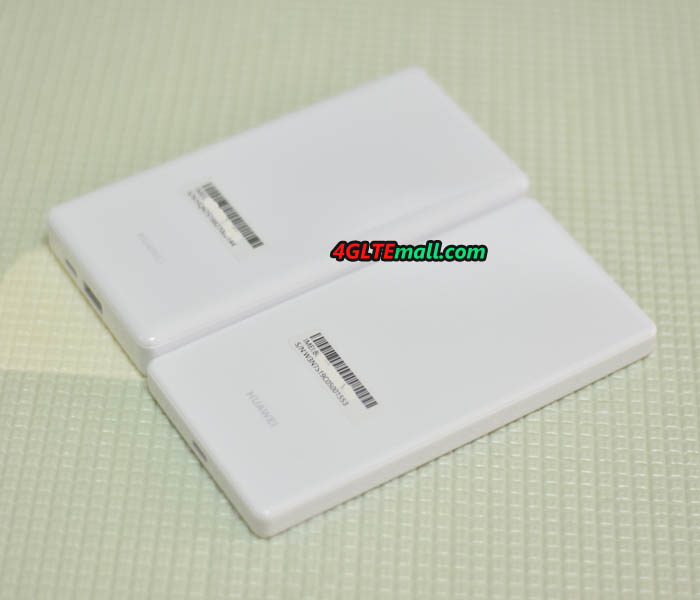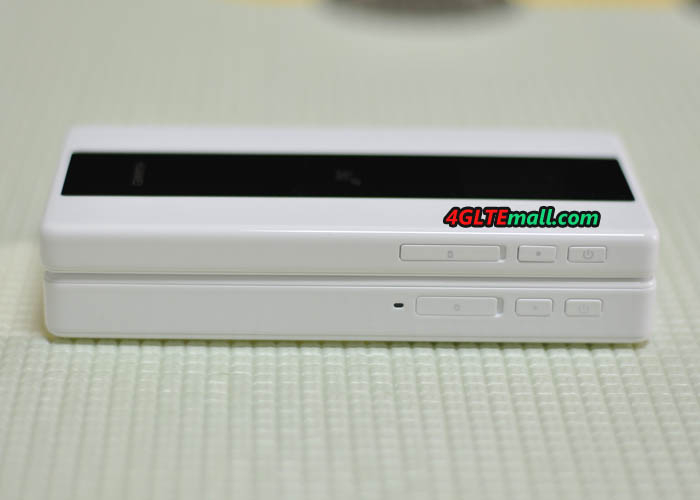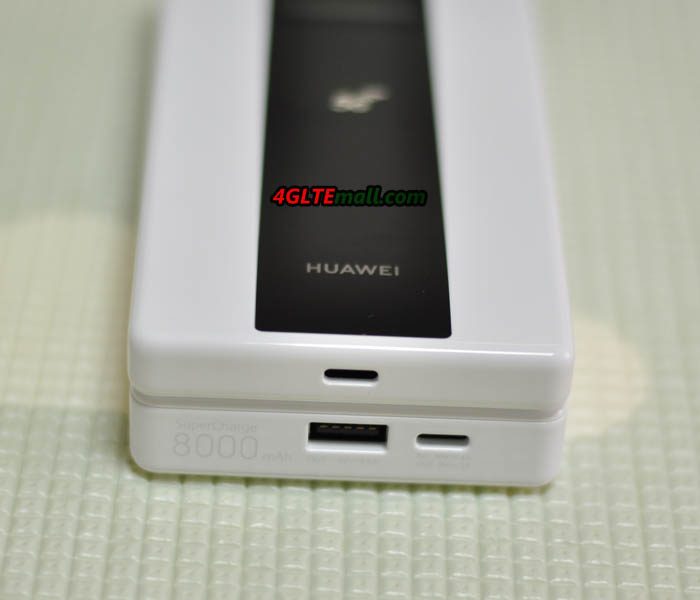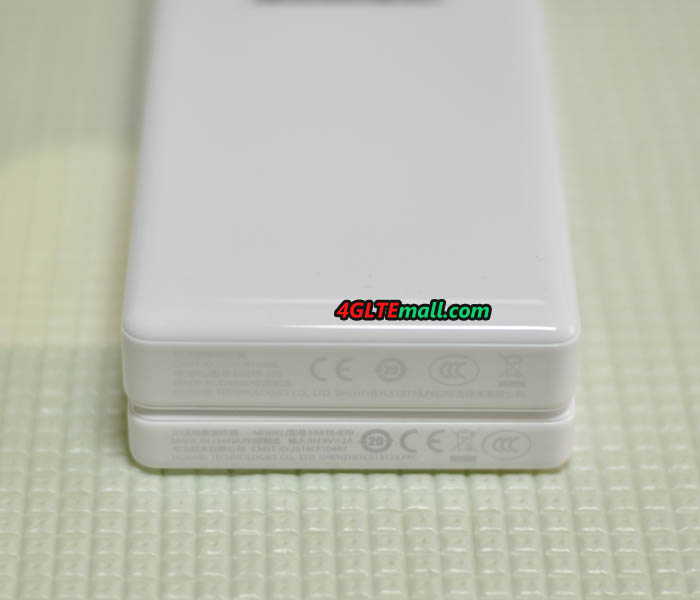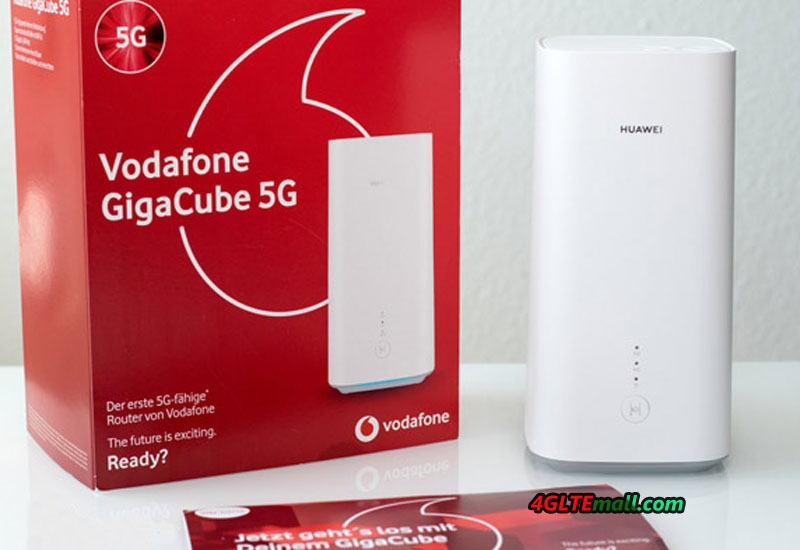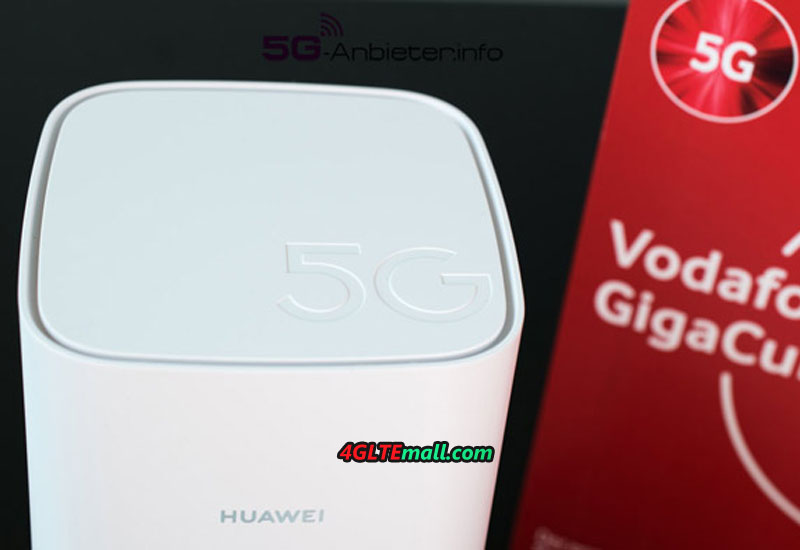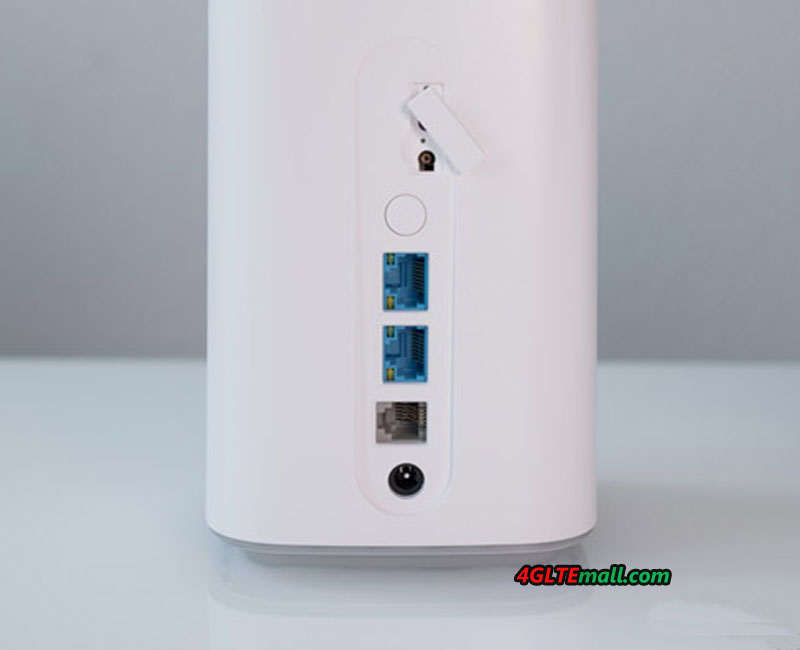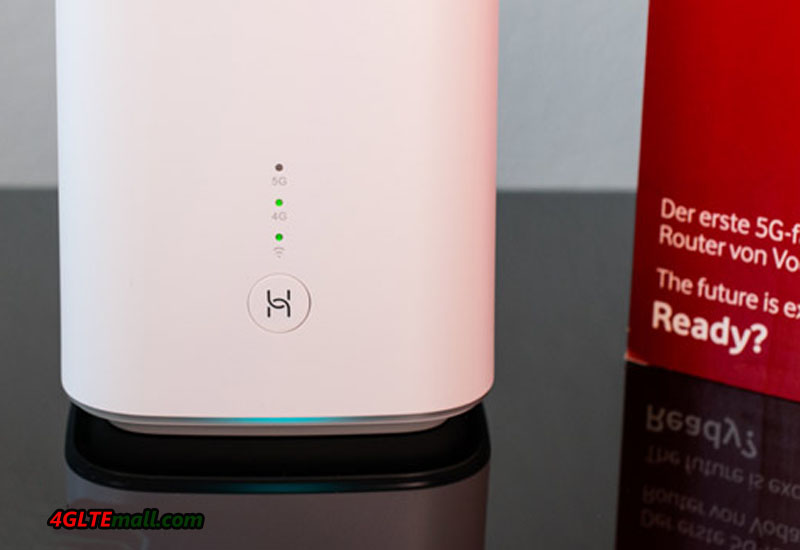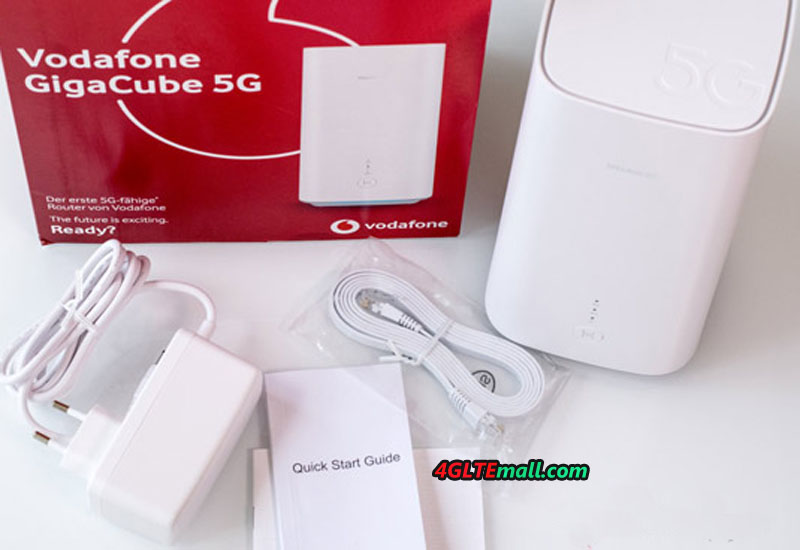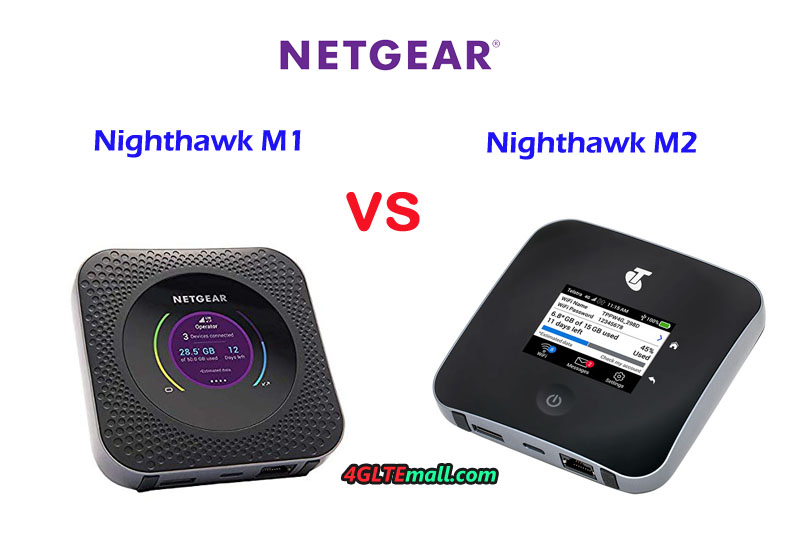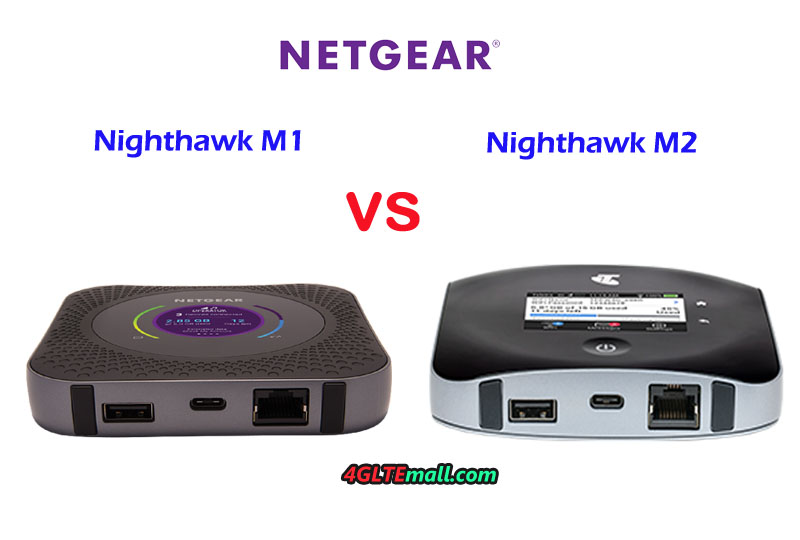2019 was the year when the first foldable phone was announced. Samsung launched the first model with the Galaxy Fold, and now there is a new foldable phone Samsung Galaxy Z Flip available now. Huawei announced the Mate X in early 2019, but now Mate X was discontinued and only the second generation and optimized Huawei Mate Xs is available for sale. The Motorola Razr also joins the product range to compete. If you plan to get the foldable phones, you’d better prepare 3000USD or more on the table. The foldable phones are at high price range now.
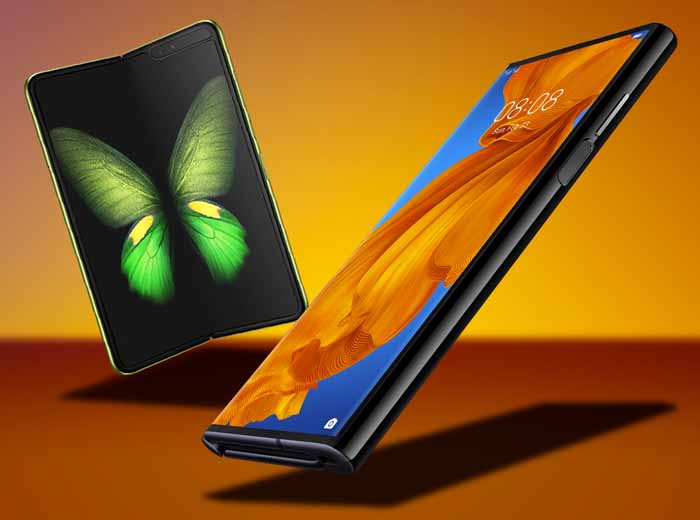
Since the Huawei Mate Xs and Samsung Galaxy Fold are the the top two models, we will compare the two foldable phones to see which is better on design and performance. Hope this will give some advice to the potential buyers.
Huawei Mate Xs vs. Samsung Galaxy Fold: Specifications
|
Samsung Galaxy Fold |
Huawei Mate X |
| Display size, resolution |
4.6-inch Super AMOLED; 7.3-inch QXGA+ Dynamic AMOLED |
6.6-inch (2,480×1,148 pixels); 6.38-inch (2,480×892); 8-inch OLED (2,480×2,200) |
| Mobile software |
Android 9.0 with Samsung One UI |
No Android on the Chinese model |
| Camera |
12-megapixel main, 16-megapixel ultra wide-angle, 12-megapixel telephoto |
40-megapixel main, 16-megapixel ultra-wide, 8-megapixel telephoto |
| Front-facing camera |
Two 10-megapixel, 8-megapixel 3D depth |
Same as above |
| Processor |
Octa-core Qualcomm Snapdragon 855 |
Kirin 980 processor |
| Storage |
512GB |
512GB |
| RAM |
12GB |
8GB |
| Expandable storage |
No |
No |
| Battery |
4,380 mAh |
4,500 mAh |
| Fingerprint sensor |
Power button |
Power button |
| Connector |
USB-C |
USB-C |
| Special features |
Foldable display, wireless charging, fast charging, 5G in select countries |
Foldable display, fast charging, 5G |
| Price off-contract (USD) |
$1,980, £1,900, converts to AU$2,800 |
16,999 yuan, converts to $2,400, £1,830 or AU$3,546 |
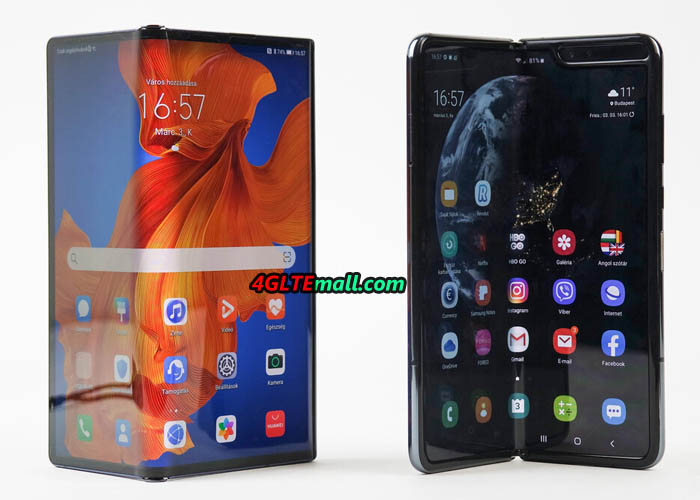
Huawei Mate Xs vs. Samsung Galaxy Fold: Design and Feel
The fact that Samsung grabs the display on the inside and is glass on the outside makes the Galaxy Fold appearing more valuable in the hand. In addition, the Galaxy Fold is more compact when folded and is also more comfortable to hold when opened (but both are almost the same weight). Since the display size is enough for me, we find the feel of Samsung better.
The folding mechanism on both models is good, although we have to say that it works a bit “lighter” with the Galaxy Fold. With the Huawei Mate Xs you have to exert some pressure to open and close the display. You could also operate the fold with one hand.
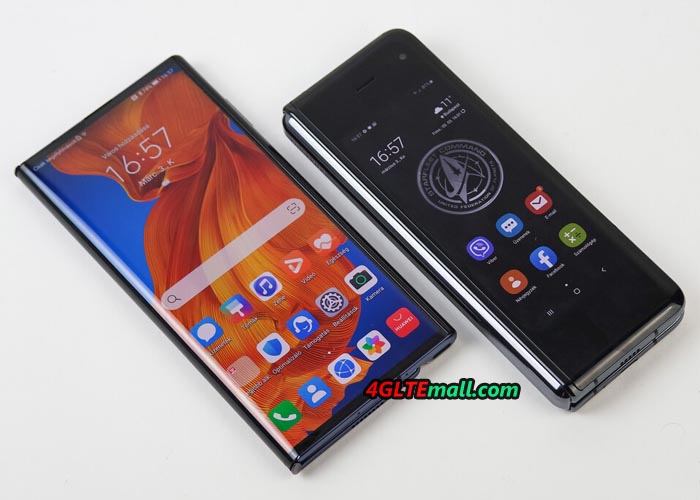
The workmanship is good on both devices, the keys have good pressure points and nothing wobbles. But since the Galaxy Fold is easy to use and more comfortable to hold, the point goes to Samsung
Huawei Mate Xs vs. Samsung Galaxy Fold: Display
The quality of the two displays is great in both cases. Both have built very solid OLED panels, but missing the current standard at 90 or 120 Hz. But the colors are good; they are both bright and have very good viewing angles. In that regard, I would give both a point.
But this is exactly where the difference comes: The display from Huawei Mate Xs is on the outside and that from Samsung on the inside. There you can argue whether this is a good idea with the Mate Xs, because plastic displays scratch faster, but this difference is even more noticeable.
When folded, the Huawei Mate Xs is a much too big, thick and heavy smartphone. The small external display of the Galaxy Fold is too small for almost everything.
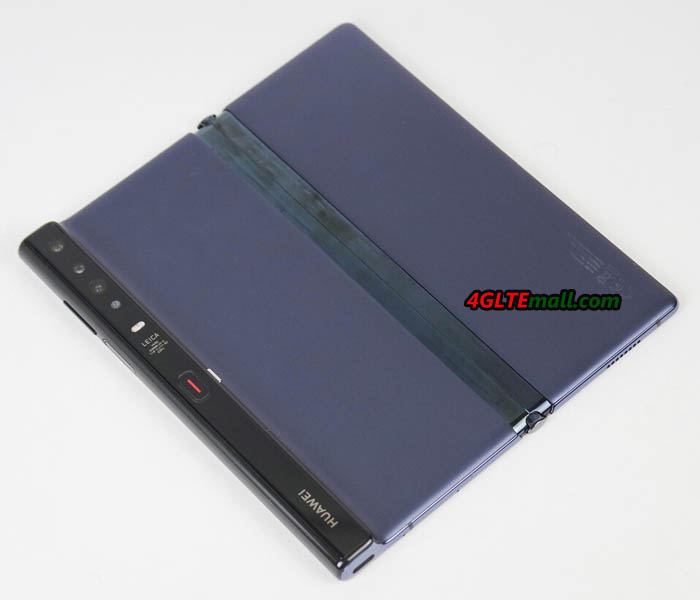
Considering this, we will give the point to the Huawei Mate Xs, even if we never expect to put such a expensive display on the outside if we wanted to use my smartphone for many years.
Huawei Mate Xs VS Samsung Galaxy Fold: Software
Actually, we would have thought that this point goes very clearly to Samsung, since the Huawei Mate Xs comes without Google apps. But there are two things that should be mentioned here and where we have to criticize.
The Samsung Galaxy Fold has only had Android 10 this week. This is not necessarily acceptable for a model for 3000USD after this time.
The Samsung Galaxy Fold is recognized by apps as a normal smartphone. So the apps are often just stretched out. However, the Huawei Mate Xs is recognized as a tablet, which means that many apps are available when opened with a special tablet view.
For many users, if without Google apps, you can’t do many things such as Email, banking app or Google apps.
By the way, one thing must to be mentioned: The performance of the Huawei Mate Xs was really not good for some third-party apps. I compared that to the Huawei P40 Pro, which has similar hardware (Kirin 990) – no problems.
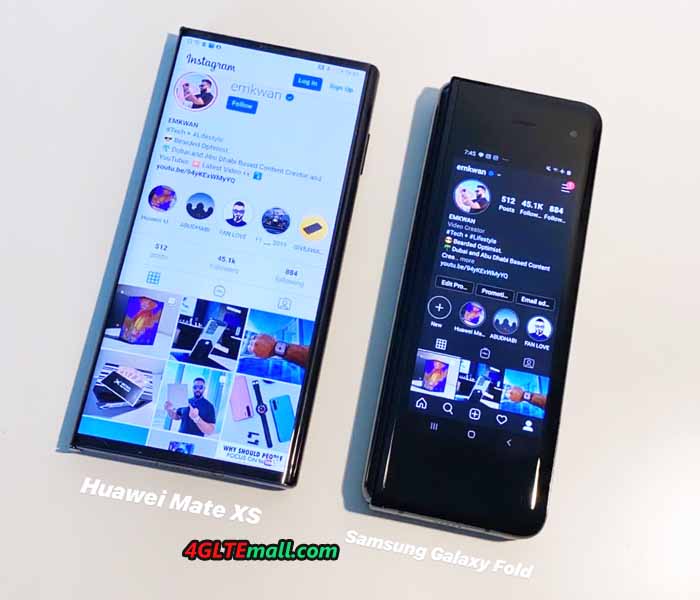
Huawei Mate Xs VS Samsung Galaxy Fold: Camera
In this category – roughly speaking – the hardware from 2019 will compete against each other. Means: A mixture of Huawei P30 Pro and Mate 30 Pro competes against the Samsung Galaxy S10. Samsung has not installed a bad camera, but it’s clear that Huawei was ahead in 2019.
In addition, with the Huawei approach, the main camera can also be conveniently used as a front camera. Samsung is only superior to Huawei in the videos, but since photos are more important to many users, this point goes to the Huawei Mate Xs.
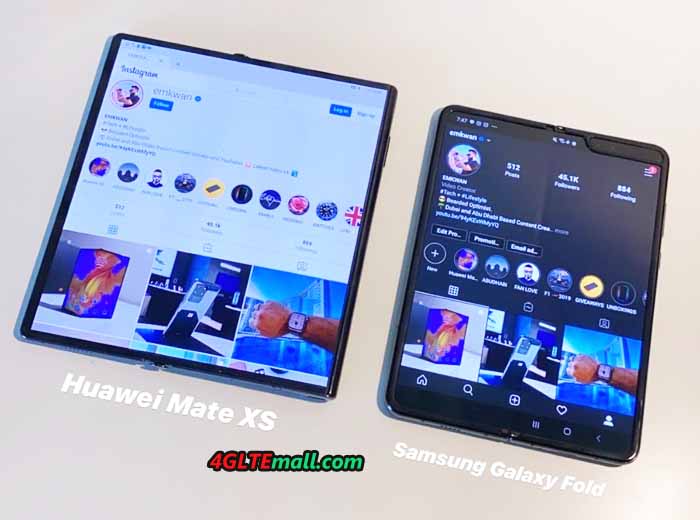
Huawei Mate Xs VS Samsung Galaxy Fold: Price
If we consider the prices of both models, then you have to put in almost 2500 USD for a Samsung Galaxy Fold and almost 3000 USD for a Huawei Mate Xs. That’s a lot, no question at all, because the development was expensive.
You can get the Galaxy Fold every now at lower price, but it is also older. But the price difference of almost 700USD is quite large, so this point goes to Samsung.
Huawei Mate Xs VS Samsung Galaxy Fold: other features
The fingerprint sensor is located on both sides and is fast, both are available with 5G, both are not IP-certified due to the design and it was difficult for me to find a unique selling point that makes one of the models stand out. But then we found a standard feature.
The Samsung Galaxy Fold has stereo speakers on the side. So if you turn the device while watching a video, you have the sound from the left and right and honestly: It is great for media consumption.
Stereo speakers are a standard feature for smartphones that cost over 1000USD in these days. So the point goes to the fold.
Huawei Mate Xs VS Samsung Galaxy Fold: Conclusion
When opened, they are great fun reading and consuming things. As of today, you will consider one more time to buy a foldable for 2500USD or more, but if the models are now more stable, lighter and thinner and have all the features of the normal flagships, you can imagine it.
Actually, we also tried the Galaxy Z Flip, we have to say: this category (Fold and Mate Xs) from Foldables will be better because it brings more display space.
For a successor we would only wish that the outside display is bigger and Android better adapted and the notch on the inside can be replaced with a hole like the Galaxy S10, Galaxy Note10+ or Galaxy S20.
It’s a pity that Huawei will have a tough time against Samsung without the Google apps in this very special category. Otherwise it could have been an exciting duel between the two giants.
